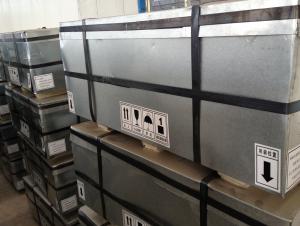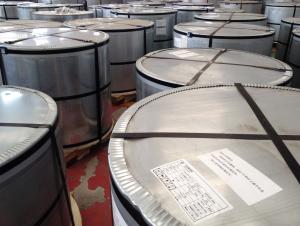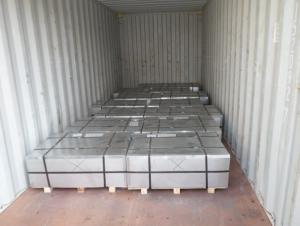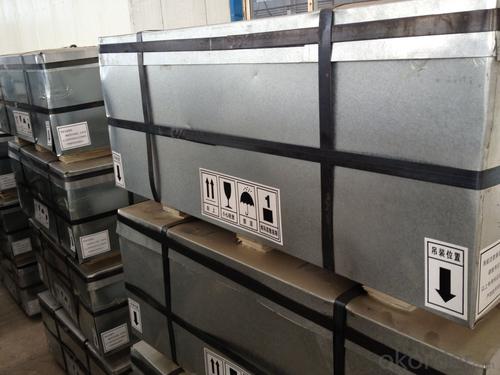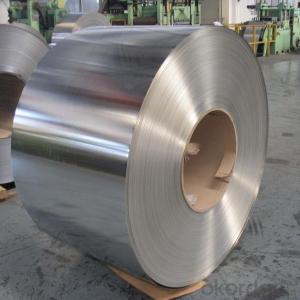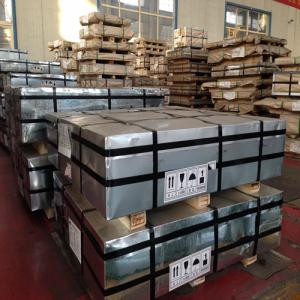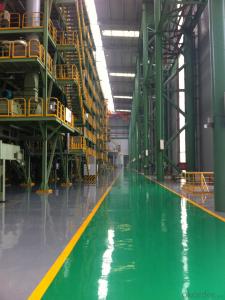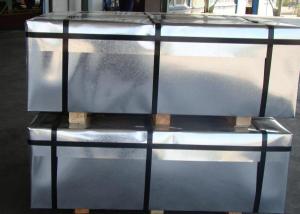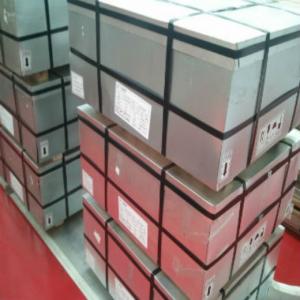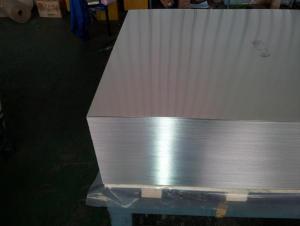High Quality Tinplate For Painting Can-CHBA
- Loading Port:
- Tianjin
- Payment Terms:
- TT/LC
- Min Order Qty:
- 20 Tons~ 25 Tons m.t.
- Supply Capability:
- 40000 m.t. Per Month m.t./month
OKorder Service Pledge
OKorder Financial Service
You Might Also Like
General information of Tinplate for Painting Can
Steel Type | SPCC |
Temper (BA&CA) | T1~T5, DR8 |
Coating | 2.8~8.4g/m2 |
Thickness & Tolerance | 0.15~0.5mm (Tolerance:±0.01mm) |
Width & Tolerance | 600~1000 mm(Tolerance: +2/-0mm) |
I.D | 508 MM |
Coil Weight | 3~10 MT |
Passivation | 311 |
Oiling | DOS |
Surface Finish | Bright ,Stone ,Silver ,Matte |
Min Order | 25 Tons for 1 20 feet FCL |
Package | Seaworthy Export Standard Wooden Pallet |
Standard Available | GB/T2520-2000, JIS G3303, ASTM A623, BS EN10202 |
Lead Time | 35 days after receiving buyer's original L/C or Prepayment |
Special specifications are available on customers' requirements. | |
Technical data of Tinplate for Painting Can
Chemical Composition(%) | Mechanical Property |
C:0.04~0.06 | Yield Strength: (Mpa):280~320 |
Si:0.01~0.03 | TensileStrength: (Mpa):340~390 |
Mn:0.18~0.22 | Elongation:20%~30% |
P:0.014~0.016 | ------------- |
S:0.006~0.009 |
Application of Tinplate for Painting Can
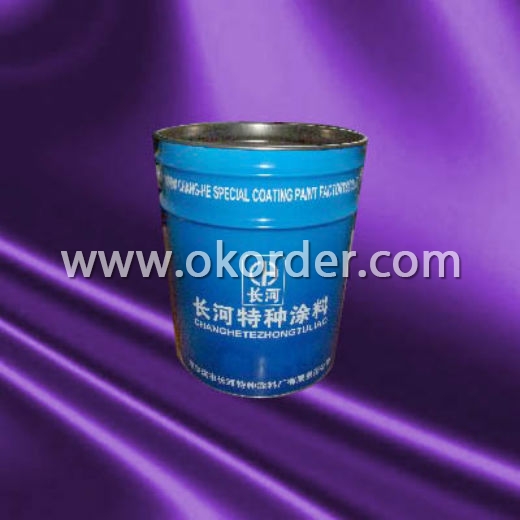
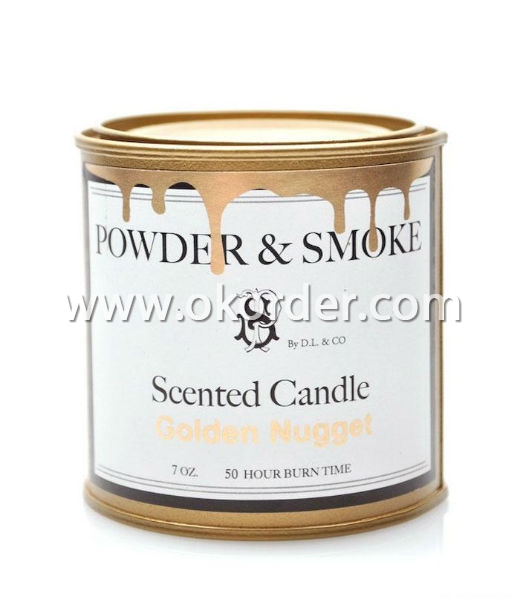
Tinplate is widely used for making all types of containers such as artistic cans, tea cans, painting cans,
chemical package cans and metal printing etc. Its applications are not limited to containers; recently,
tinplate has also been used for making electrical machinery parts and many other products.
Equipment and Facility of Tinplate
Tin Coating Line
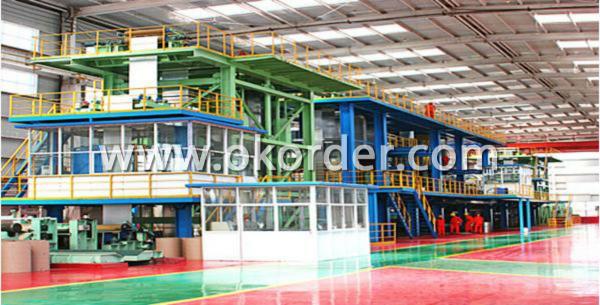
Cold Rolling Mill Batch Annealing Furnaces
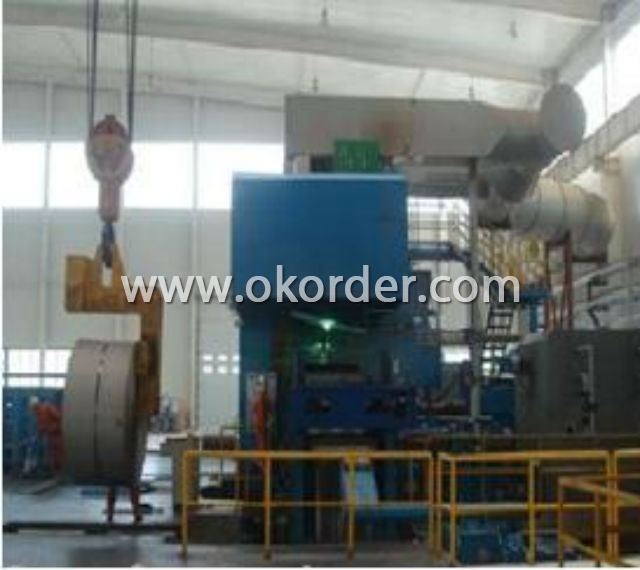
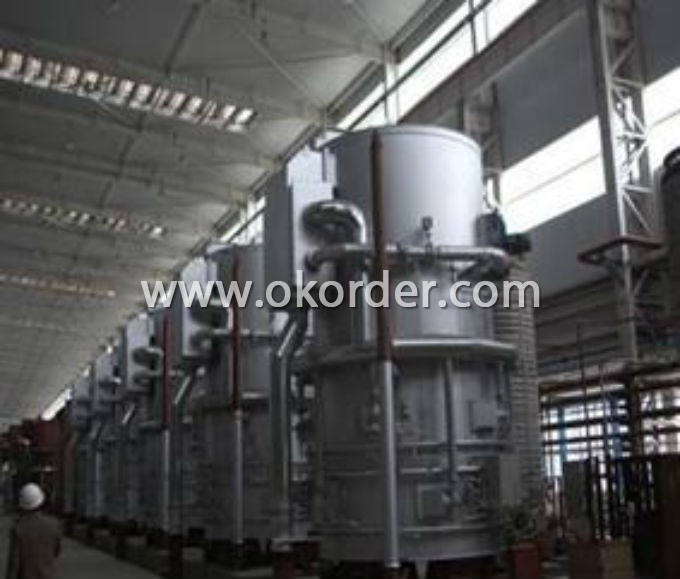
Cutting Line Stock Area
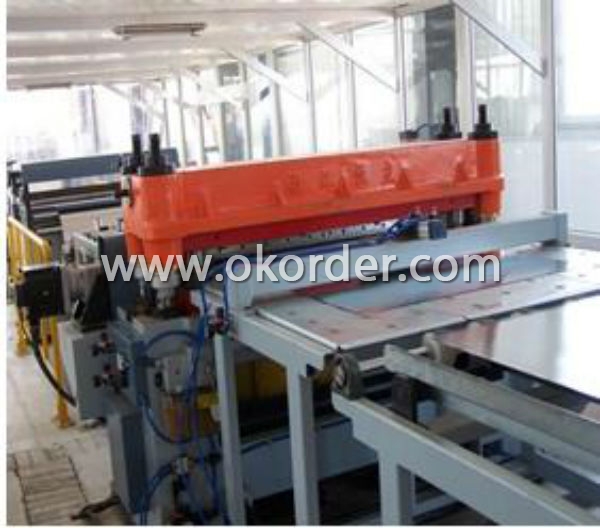
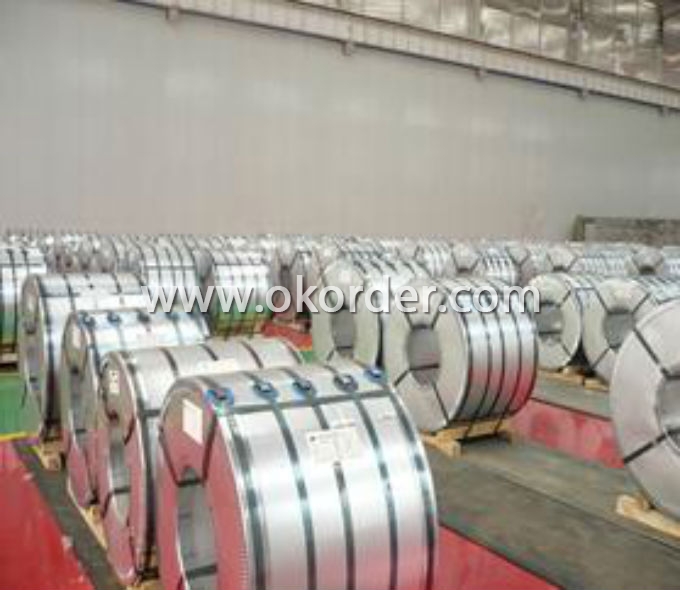
Quantity Control System of Tinplate
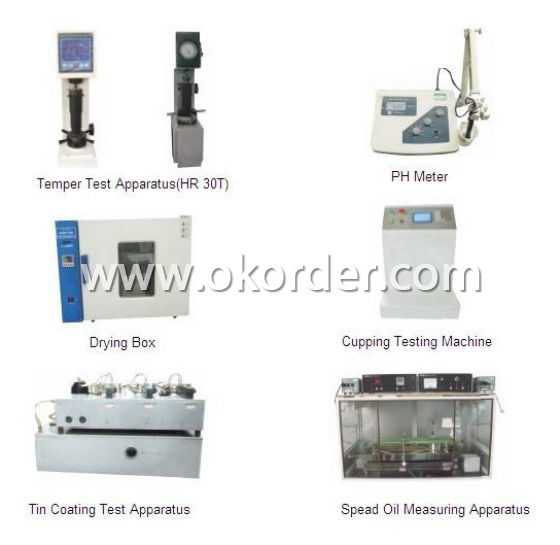
- Q: What are the advantages of using tinplate in packaging?
- There are several advantages of using tinplate in packaging. Firstly, tinplate is highly durable and resistant to corrosion, ensuring product protection and extending shelf life. It also provides excellent barrier properties against light, oxygen, and moisture, preserving the quality and freshness of the packaged goods. Additionally, tinplate is lightweight, making it easy to handle and transport. Furthermore, it is a sustainable and recyclable material, contributing to environmental sustainability and promoting a circular economy. Lastly, tinplate offers a versatile and customizable packaging solution, allowing for attractive designs and branding opportunities.
- Q: What are the different types of tinplate?
- There are several different types of tinplate, including single reduced (SR), double reduced (DR), and electrolytic tinplate (ETP).
- Q: What are the main challenges in tinplate welding and soldering?
- Some of the main challenges in tinplate welding and soldering include ensuring proper surface preparation to achieve good adhesion, dealing with the thin gauge of tinplate which can make it more prone to warping or burning, and finding suitable fluxes and solder alloys that can effectively bond with tinplate due to its unique properties. Additionally, the presence of tin oxide on the surface of tinplate can hinder the formation of strong welds or solder joints, requiring special techniques or treatments to address this issue.
- Q: What are the main challenges in tinplate coating thickness control?
- One of the main challenges in tinplate coating thickness control is achieving uniformity across the entire surface of the tinplate. The coating thickness must be consistent and within the desired range to ensure proper protection and functionality of the tinplate. Additionally, controlling the coating thickness requires precise measurement and monitoring techniques as well as the ability to adjust the coating process parameters in real-time to account for any variations or deviations. Another challenge is ensuring the adhesion of the coating to the tinplate surface, as poor adhesion can lead to coating defects and reduced performance. Lastly, controlling the coating thickness while maintaining cost-effectiveness can be a challenge, as it requires optimizing the coating process to minimize material waste and reduce production costs.
- Q: Can tinplate be used for packaging luxury goods?
- Yes, tinplate can be used for packaging luxury goods. Tinplate is a versatile material that offers several advantages, such as durability, strength, and an attractive appearance. It can be customized with various finishes, including high-quality printing and embossing, making it suitable for luxury packaging needs. Additionally, tinplate provides excellent protection against moisture, light, and other external factors, ensuring the preservation and presentation of luxury goods.
- Q: How does tinplate packaging contribute to reducing food waste?
- Tinplate packaging helps reduce food waste by providing a secure and durable barrier that protects food from external elements, such as air, light, and moisture. This helps to extend the shelf life of food products, preventing spoilage and contamination. Additionally, tinplate packaging is highly recyclable, allowing for the efficient recovery and reuse of materials, reducing the environmental impact and promoting sustainability.
- Q: Why tinned fruit cans, some snow wall, and some inner wall does not appear?
- The same is canned fruit, tin cans taste more than glass bottles, why is it better? Because the storage process is completely isolated from the sun, so that it can retain the original flavor of canned fruit.
- Q: How does tinplate affect the sound quality of musical instruments?
- Tinplate does not directly affect the sound quality of musical instruments. The sound quality primarily depends on the construction, materials, and design of the instrument itself, such as the type of wood used, the shape, and the craftsmanship. Tinplate may be used for aesthetic purposes or as a protective coating, but it does not significantly impact the sound produced by the instrument.
- Q: What are the common printing methods used on tinplate?
- The common printing methods used on tinplate are lithography, offset printing, and flexography.
- Q: What are the common labeling options for tinplate containers?
- The common labeling options for tinplate containers include adhesive labels, heat transfer labels, direct printing, and embossing.
1. Manufacturer Overview
| Location | Hebei,China |
| Year Established | 2009 |
| Annual Output Value | Above US$100 Million |
| Main Markets | North America;South America; Eastern Europe Southeast Asia; Africa; Mid East Eastern Asia; Western Europe; Central America Northern Europe; Southern Europe; Domestic Market |
| Company Certifications | HACCP;ISO 9001:2008;ISO 14001:2004 |
2. Manufacturer Certificates
| a) Certification Name | |
| Range | |
| Reference | |
| Validity Period |
3. Manufacturer Capability
| a) Trade Capacity | |
| Nearest Port | Tianjin |
| Export Percentage | 11% - 20% |
| No.of Employees in Trade Department | 6-10 People |
| Language Spoken: | English;Chinese |
| b) Factory Information | |
| Factory Size: | Above 270,000 square meters |
| No. of Production Lines | Above 12 |
| Contract Manufacturing | OEM Service Offered |
| Product Price Range | High;Average |
Send your message to us
High Quality Tinplate For Painting Can-CHBA
- Loading Port:
- Tianjin
- Payment Terms:
- TT/LC
- Min Order Qty:
- 20 Tons~ 25 Tons m.t.
- Supply Capability:
- 40000 m.t. Per Month m.t./month
OKorder Service Pledge
OKorder Financial Service
Similar products
Hot products
Hot Searches
Related keywords
